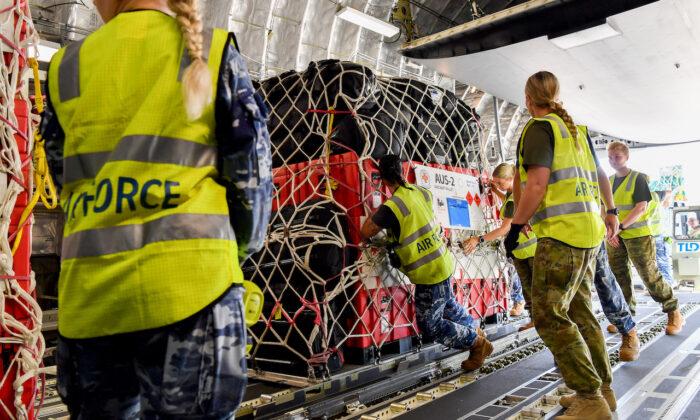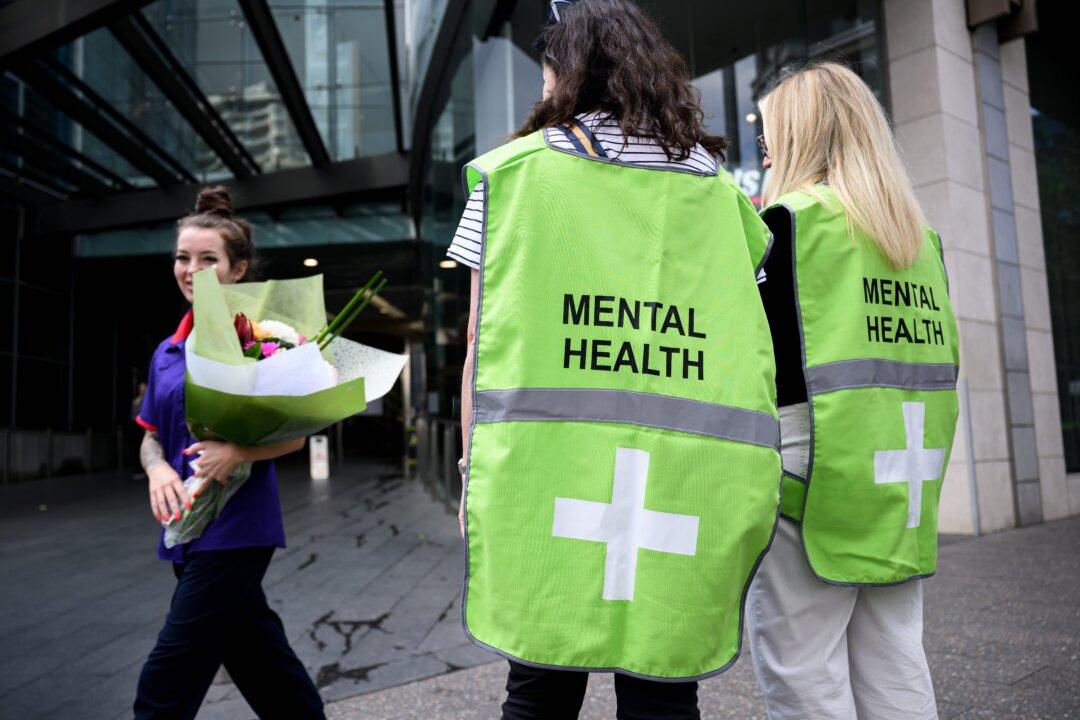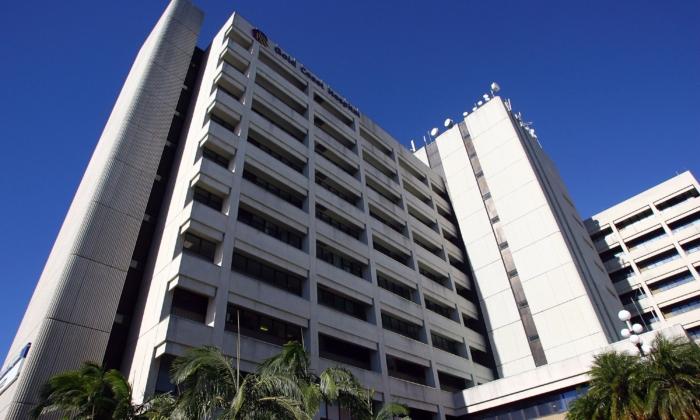Australia will be sending more than 70 experienced disaster relief officers to Turkey and Syria to assist locals on the ground in search and rescue efforts following the region’s devastating earthquakes.
“These Urban Search and Rescue specialists are highly trained to locate, deliver medical assistance to, and remove victims who have been trapped or impacted by a structural collapse,” Albanese said.
“Our hearts are heavy. It is impossible to look away from the terrible and heartbreaking scenes of loss.”
The search and rescue team will be made up of 72 emergency personnel from New South Wales.
Fire and Rescue NSW Chief Superintendent Technical Capability Jeremy Stubbs said four teams would work around the clock to search for survivors through rubble for an initial 14 days.
“We recognise the devastated environment the Turkish people are currently facing, and our team is all about supporting that community to get back on their feet,” he told reporters on Feb. 8.
Stubbs said while the Australian government hadn’t given instructions about a deployment in northwestern Syria—where international assistance has been slow to arrive—he said one of the biggest field challenges besides the aftershocks and tremors were the harsh winter conditions in the area, where temperatures fall as low as -10 degrees Celsius (14F ).
NSW Ambulance will also send a team of seven—made up of five Special Operations paramedics and two doctors from NSW Ambulance’s aeromedical team—to the region on Feb. 10.
The multi-agency team includes personnel who have provided rescue in similar situations, such as in Japan and New Zealand.
Additionally, Australia will provide $10 million in humanitarian assistance to help with response efforts, while the Foreign Affairs department is assisting dozens of Australians and their families affected by the earthquake.
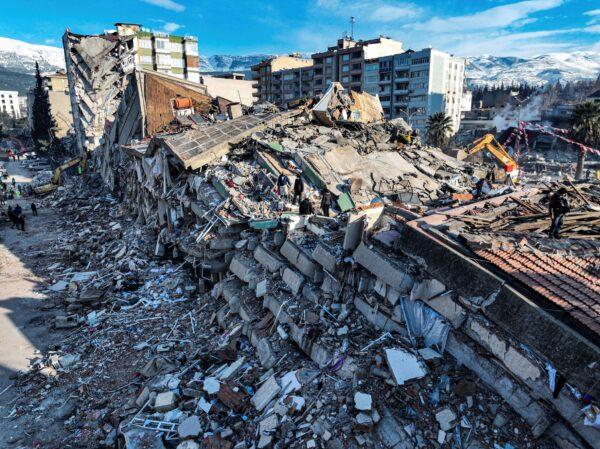
Victorian Premier Daniel Andrews also announced a $1 million commitment towards humanitarian relief efforts on the ground in Turkey and Syria.
The state’s public buildings in Melbourne CBD will also be lit up on Feb. 10 evening as a show of “solidarity” with the people of Turkey and Syria and their Victorian families and friends.
Australians in the Region
Meanwhile, two Australians remain unaccounted for, but a third has been found safe.Wong on Feb. 10 confirmed that one Australian who was feared missing had been located while extending her condolences to the family of an Australian man who died in the disaster.
The body of Sydney man Can Pahali’s body was found in the rubble after members of his family flew to Turkey from Australia to help search for him.
“I extend to all those waiting for news my sympathy and expression of support,” she said on Feb. 8.
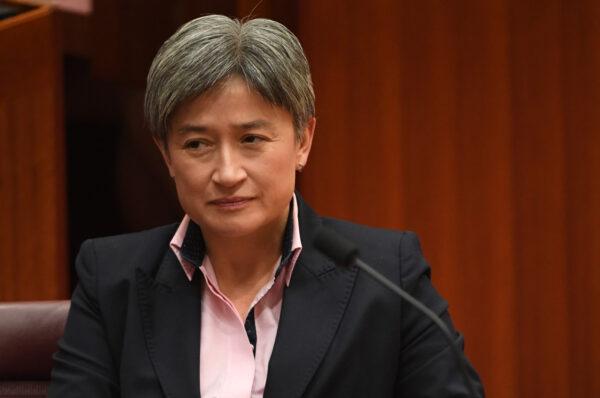
“The Australian Government will continue to monitor the situation as it unfolds and assess further needs and where Australia can best assist.
“We extend Australia’s condolences to families and communities that have lost loved ones and those whose lives and livelihoods have been affected.”
The death toll from the earthquakes is estimated to be more than 21,000 as search and rescue efforts continue for a fifth day.
Earthquake Aftershocks
In the early hours of Feb. 6, a 7.8 magnitude earthquake occurred at 4:17 a.m. local time at a depth of about 18 kilometres near Gaziantep in Turkey.This was followed by a 7.5 magnitude tremor and many aftershocks—devastating entire sections of major cities in Turkey and in war-torn Syria.
To further add insult to injury, a winter storm complicated initial rescue efforts where ice and snow covered major roads, leaving three key airports inoperable.
The heaviest devastation occurred near the quake’s epicentre between Kahramanmaras and Gaziantep.
Initial rescue efforts were hampered by a winter storm that covered major roads in ice and snow and left three key airports in the area inoperable, complicating deliveries of vital aid.
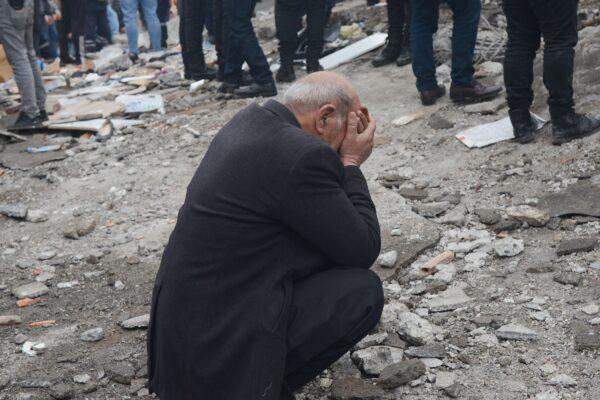
Some of the heaviest devastations occurred near the quake’s epicentre between Turkey’s Kahramanmaras and Gaziantep.
Almost 3000 buildings had collapsed in seven different provinces, including public hospitals.
Meanwhile, the World Health Organisation’s chief Tedros Adhanom Ghebreyesus said 77 national and 13 international emergency medical teams were deploying teams to the affected areas.
Australians in need of emergency consular assistance should contact the Australian Government 24-hour Consular Emergency Centre on 1300 555 135 in Australia or +61 2 6261 3305 outside Australia.
